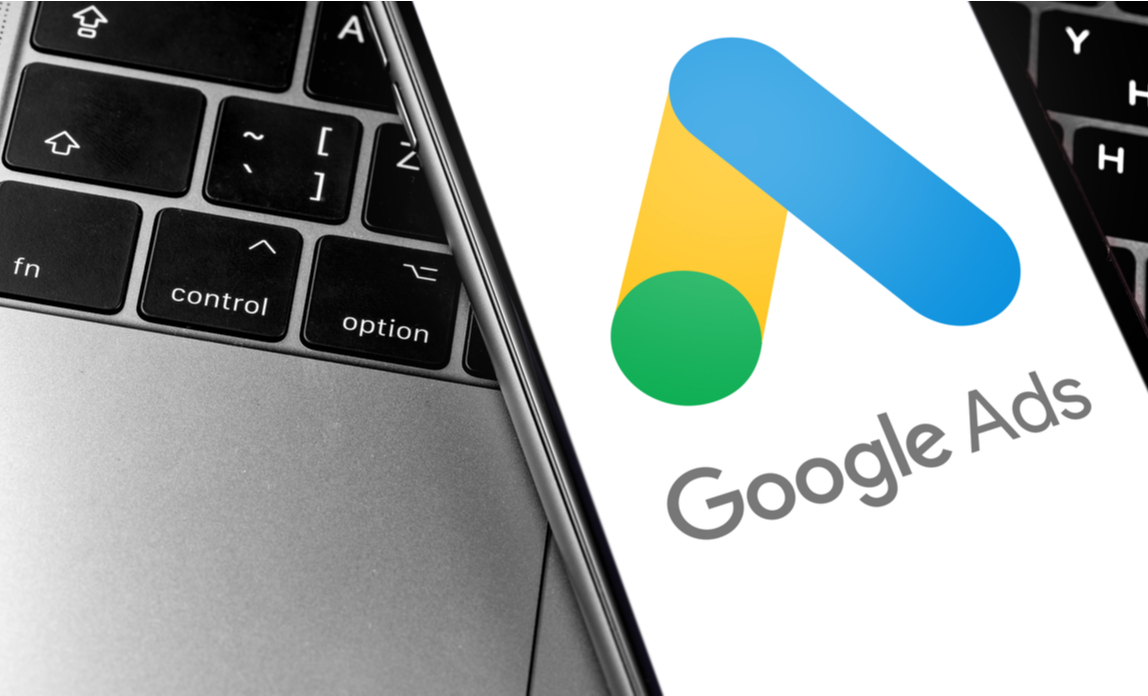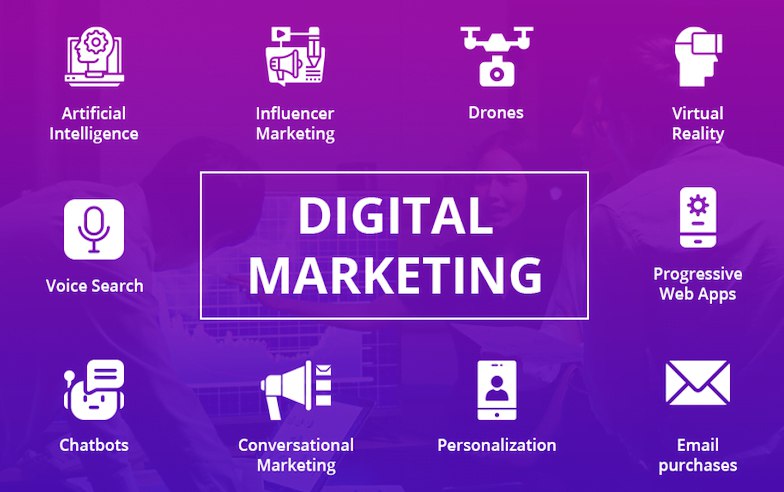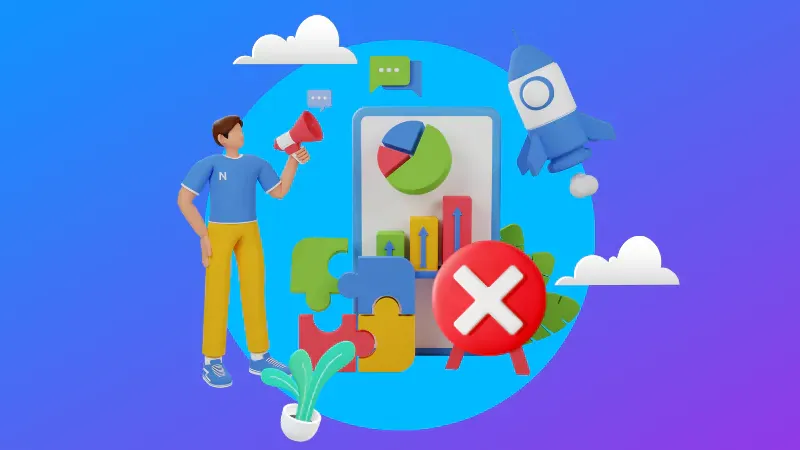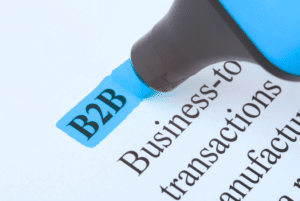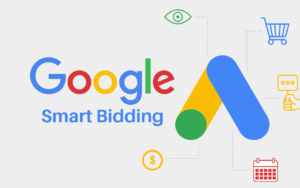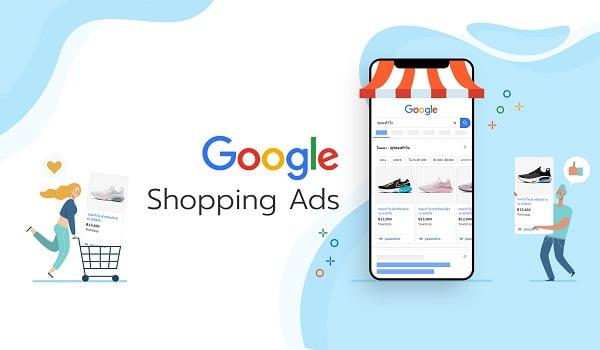Contact Us
Related Posts
Category
A comprehensive planning of the Customer Acquisition Cost (CAC) can help improve the B2B PPC Campaign
B2B PPC: Meaning and Significance
B2B PPC (Business-To-Business Pay-Per-Click) advertising is a type of advertising that uses paid search and social ads to target potential customers online. Paid advertising is a great way to generate leads, boost brand visibility, and eventually drive sales in the B2B market. However, businesses tend also to lose a lot of money in paid advertising, especially when the market is niche. Thus, it is always advisable to conduct a CAC analysis, to ensure that the advertising campaign results in an optimal ROI (Return on Investment).
Breaking Down CAC
Mathematically, CAC is the total cost incurred to acquire a customer to the total number of customers.
The term cost here includes all the marketing and operational expenses that are incurred by a business to acquire new customers, such as marketing overhead, wages, software, and others.
Setting up an ideal CAC can be pivotal to the success of your PPC campaign. This can be done in a few simple steps.
- Start by calculating the lifetime value of a customer, and determine the percentage of LTV to be spent on customer acquisition. Make sure that the chosen percentage is realistic.
Lifetime value (LTV) = Average order value x Total transactions / Unique customers
- Another way to calculate CAC is by calculating it directly from the platform. However, it is a bit complicated calculation, as any person who landed on the website may not always be the customer or even the lead. In a real-life scenario, the bulk of the B2B lead generation effort takes place outside of advertising platforms, through salespeople following up directly with prospects. Thus, PPC CAC is measured through a platform through offline conversion import features.
- Google Ads offers a feature for B2B advertisers a feature to import conversions from CRM platforms. These are built-in platforms such as Salesforce and HubSpot. One can connect other CRM to Google Ads by using Zapier.
- Upon successful connection of CRM to Google Ads, the advertisers can see multiple funnel stages, such as Lead, Opportunity, and Customer.
- The offline conversion imports, help the advertisers to calculate actual customer cost. This can be done by dividing the cost by the total number of customers.
CAC Optimization for Greater ROI
Once we have arrived at the CAC we need to optimize the CAC to boost our ROI. This is done by ‘Smart Bidding’ in Google Ads. The feature uses conversion data in an account to prioritize users who are more likely to act- a click or a conversion, depending on the bid strategy chosen by the advertiser.
Value-based bidding can be used for offline conversion imports, to get the bidding algorithm to focus on the most valuable actions for the business.
Google Ads use Maximize Conversion Value bid strategy, to find users who are customers and not just leads.
Long Sales Cycles Targeting
The B2B sales lead can at times take as long as 12-8 months to convert into sales. However, Google Ads only looks at offline conversions for the last 90 days, and may not provide a comprehensive insight into the offline conversion data.
The advertisers can deal with the issue in a couple of ways:
- Advertisers can manually match up data from your CRM to Google Ads. However, this would not allow seeing data down to the keyword level or using it for smart bidding but can be used to calculate CAC and assign values. It will also allow the advertisers to see which campaigns are driving the highest value so that the bids and budgets can be set accordingly.
- Another way to deal with long sales cycles is to use microconversions. Track microconversions, and assign values to the same. In case of long cycles, you can also track funnel data even if it goes past the 90-day mark, for conversion insights. The use of microconversions also allows you to retarget the audience, increasing the scope of advertising.
In a nutshell, you can leverage the various features provided by Google ads such as microconversions, offline conversion imports, and Smart Bidding, to optimize your PPC CAC for B2B.
A comprehensive planning of the Customer Acquisition Cost (CAC) can help improve the B2B PPC Campaign
B2B PPC: Meaning and Significance
B2B PPC (Business-To-Business Pay-Per-Click) advertising is a type of advertising that uses paid search and social ads to target potential customers online. Paid advertising is a great way to generate leads, boost brand visibility, and eventually drive sales in the B2B market. However, businesses tend also to lose a lot of money in paid advertising, especially when the market is niche. Thus, it is always advisable to conduct a CAC analysis, to ensure that the advertising campaign results in an optimal ROI (Return on Investment).
Breaking Down CAC
Mathematically, CAC is the total cost incurred to acquire a customer to the total number of customers.
The term cost here includes all the marketing and operational expenses that are incurred by a business to acquire new customers, such as marketing overhead, wages, software, and others.
Setting up an ideal CAC can be pivotal to the success of your PPC campaign. This can be done in a few simple steps.
- Start by calculating the lifetime value of a customer, and determine the percentage of LTV to be spent on customer acquisition. Make sure that the chosen percentage is realistic.
Lifetime value (LTV) = Average order value x Total transactions / Unique customers
- Another way to calculate CAC is by calculating it directly from the platform. However, it is a bit complicated calculation, as any person who landed on the website may not always be the customer or even the lead. In a real-life scenario, the bulk of the B2B lead generation effort takes place outside of advertising platforms, through salespeople following up directly with prospects. Thus, PPC CAC is measured through a platform through offline conversion import features.
- Google Ads offers a feature for B2B advertisers a feature to import conversions from CRM platforms. These are built-in platforms such as Salesforce and HubSpot. One can connect other CRM to Google Ads by using Zapier.
- Upon successful connection of CRM to Google Ads, the advertisers can see multiple funnel stages, such as Lead, Opportunity, and Customer.
- The offline conversion imports, help the advertisers to calculate actual customer cost. This can be done by dividing the cost by the total number of customers.
CAC Optimization for Greater ROI
Once we have arrived at the CAC we need to optimize the CAC to boost our ROI. This is done by ‘Smart Bidding’ in Google Ads. The feature uses conversion data in an account to prioritize users who are more likely to act- a click or a conversion, depending on the bid strategy chosen by the advertiser.
Value-based bidding can be used for offline conversion imports, to get the bidding algorithm to focus on the most valuable actions for the business.
Google Ads use Maximize Conversion Value bid strategy, to find users who are customers and not just leads.
Long Sales Cycles Targeting
The B2B sales lead can at times take as long as 12-8 months to convert into sales. However, Google Ads only looks at offline conversions for the last 90 days, and may not provide a comprehensive insight into the offline conversion data.
The advertisers can deal with the issue in a couple of ways:
- Advertisers can manually match up data from your CRM to Google Ads. However, this would not allow seeing data down to the keyword level or using it for smart bidding but can be used to calculate CAC and assign values. It will also allow the advertisers to see which campaigns are driving the highest value so that the bids and budgets can be set accordingly.
- Another way to deal with long sales cycles is to use microconversions. Track microconversions, and assign values to the same. In case of long cycles, you can also track funnel data even if it goes past the 90-day mark, for conversion insights. The use of microconversions also allows you to retarget the audience, increasing the scope of advertising.
In a nutshell, you can leverage the various features provided by Google ads such as microconversions, offline conversion imports, and Smart Bidding, to optimize your PPC CAC for B2B.


